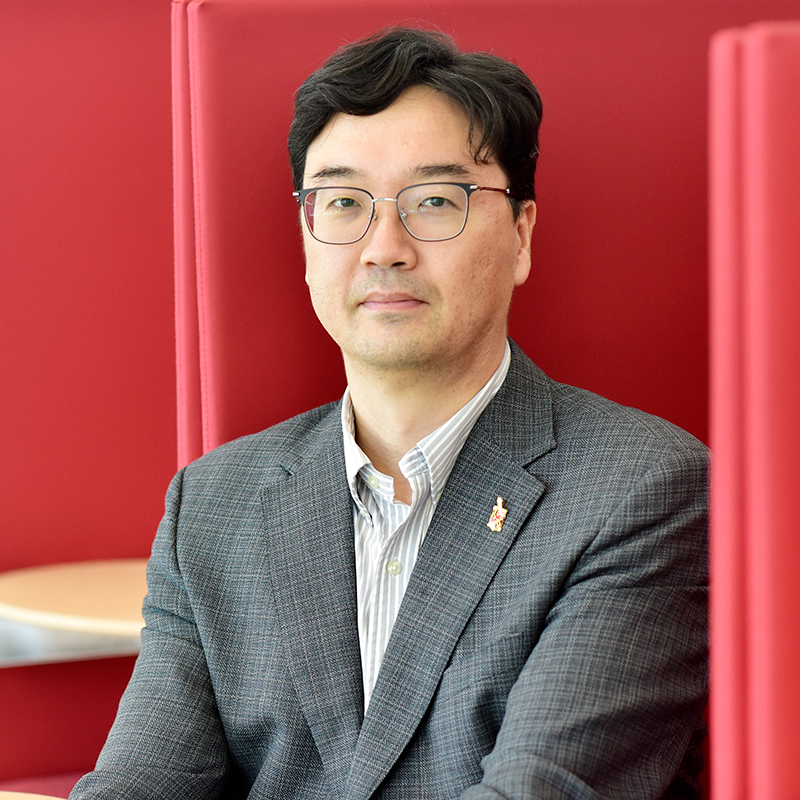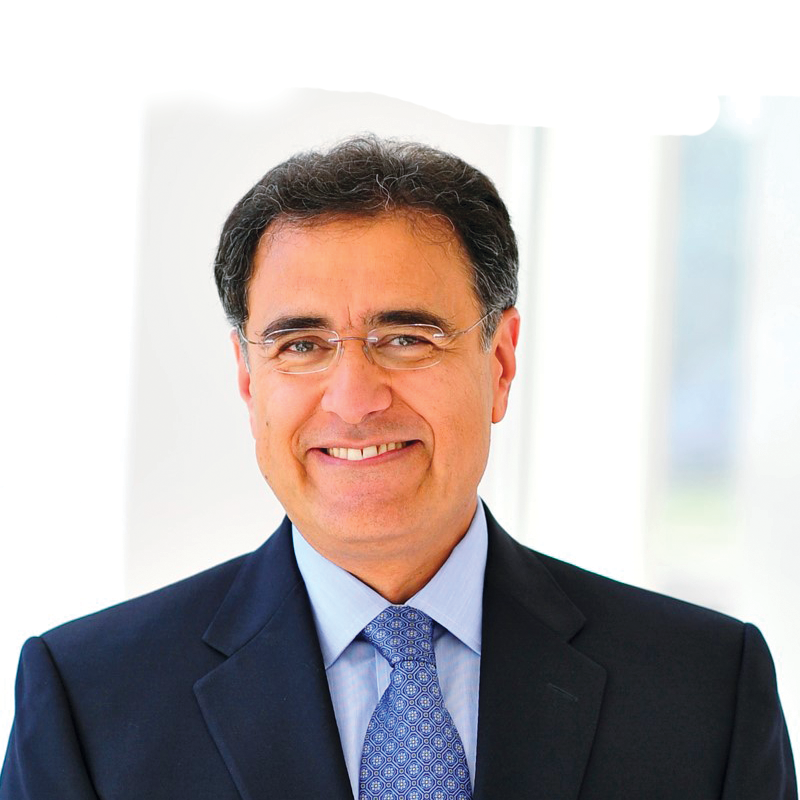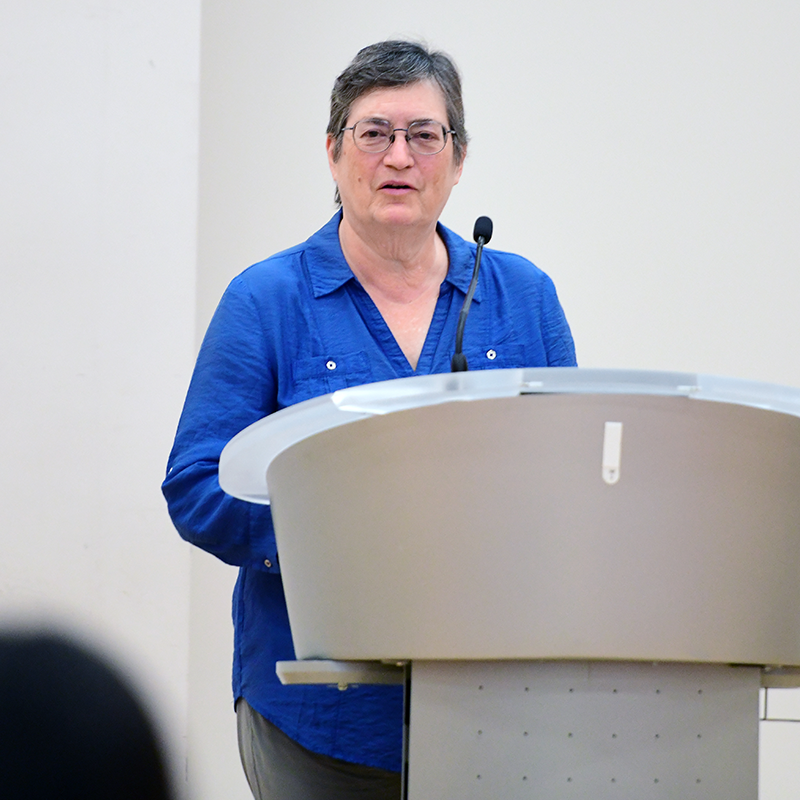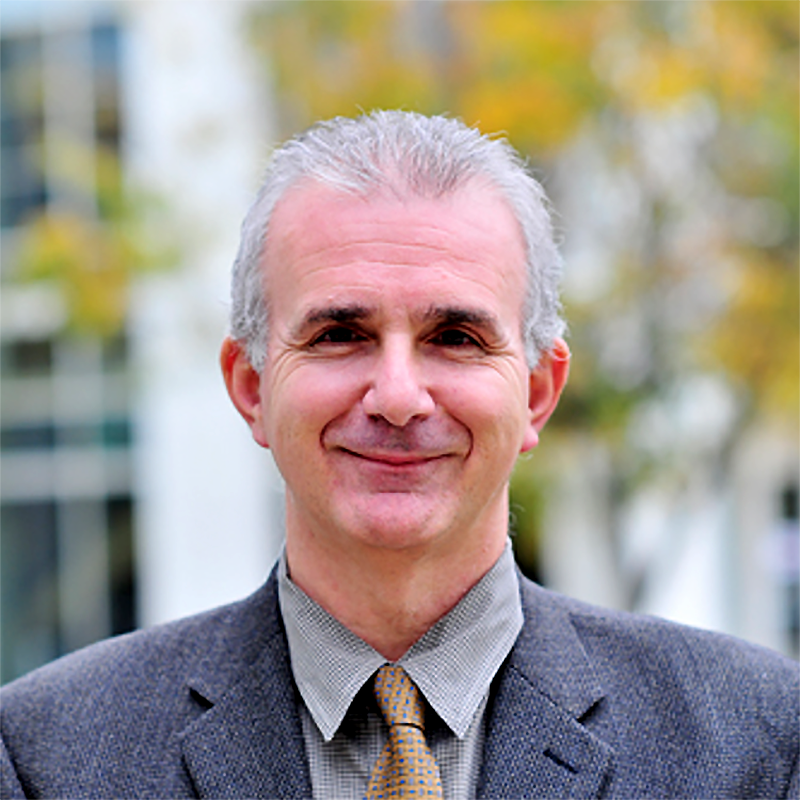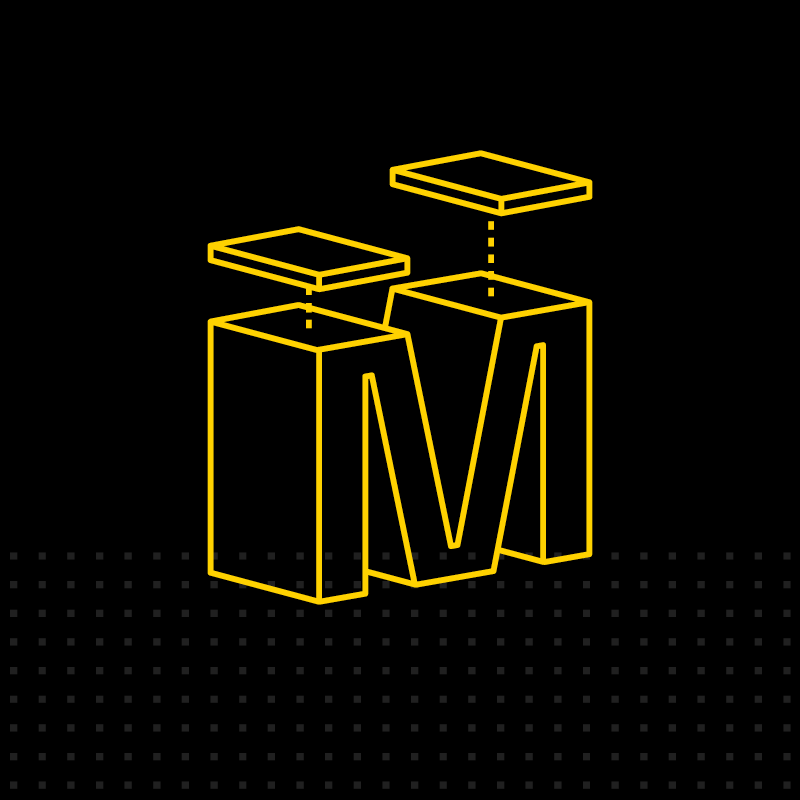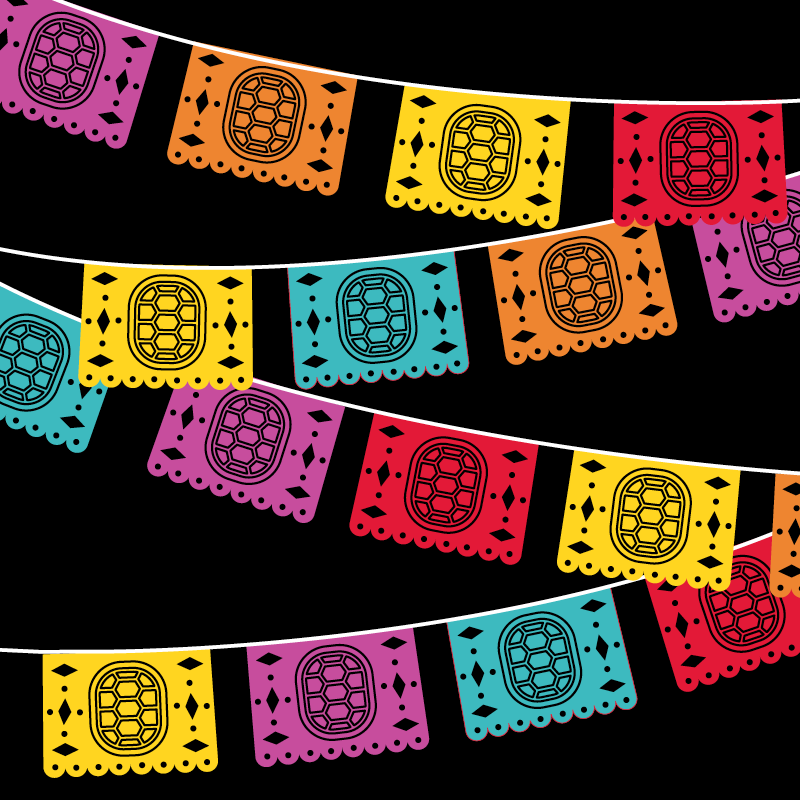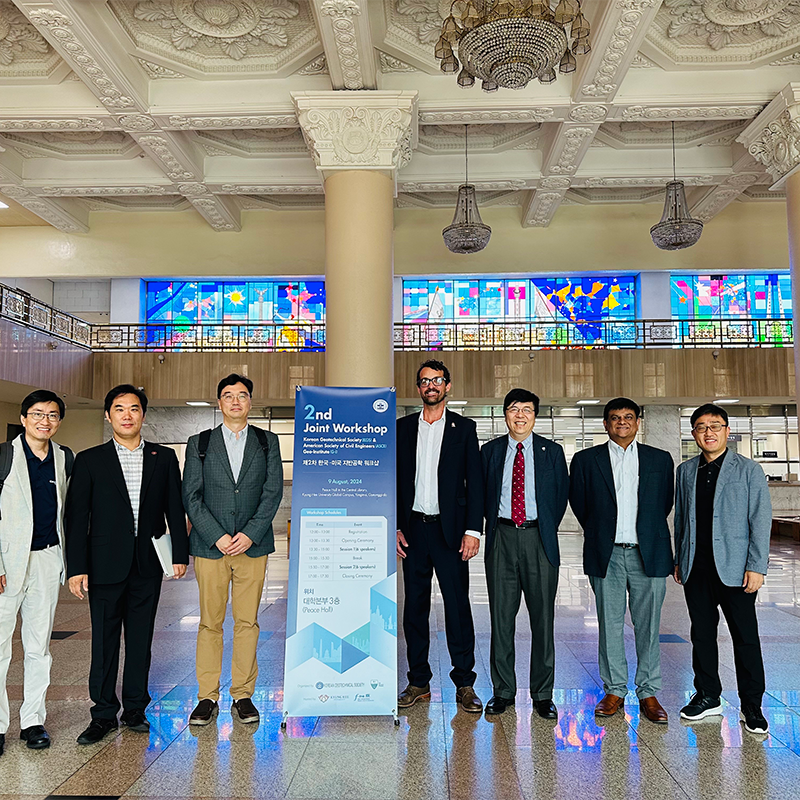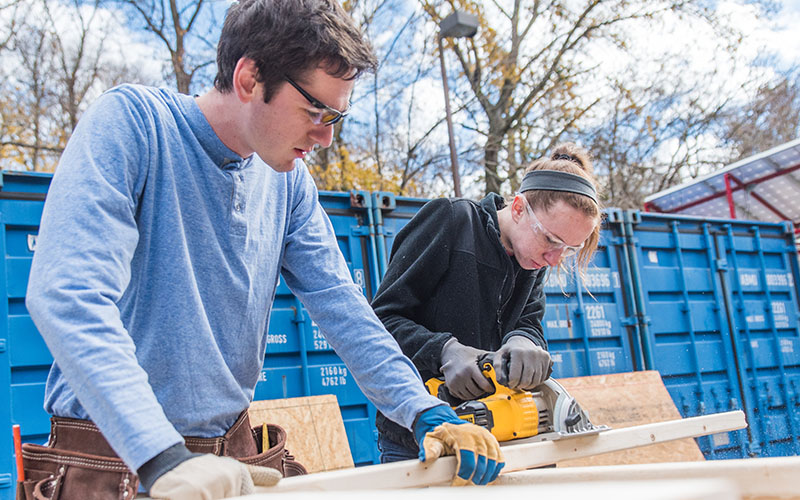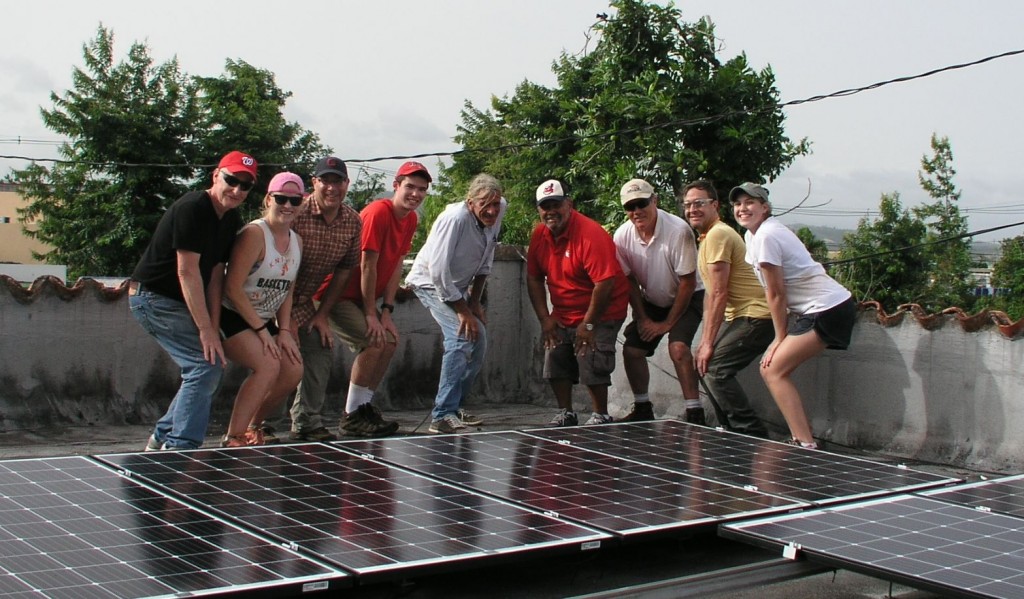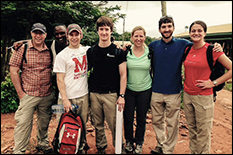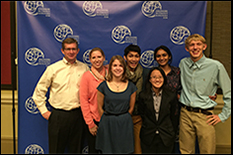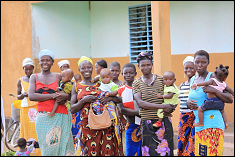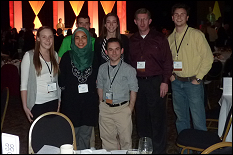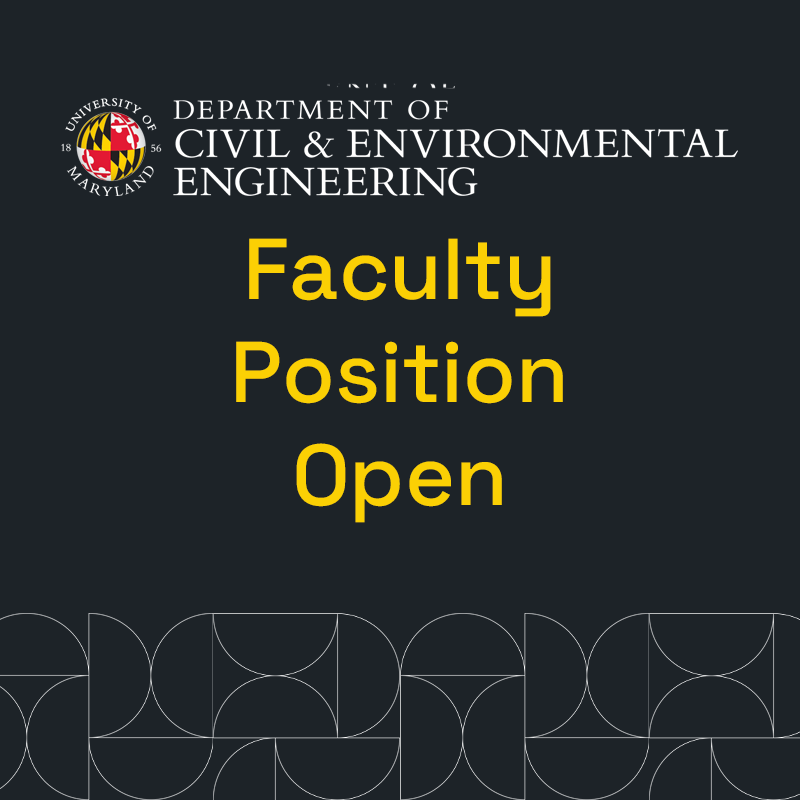News Story
Engineers Without Borders Returns to Peru
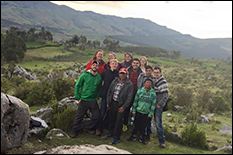
Engineers Without Borders and Maryland Sustainability Engineers programs in 2013. This endowment will support the Marvin F. Weissberg EWB/MDSE Team and also help to fund a team project each year. Weissberg's gift also provides scholarship support to students involved in both the EWB and MDSE programs. His gift has allowed for the EWB group to travel to Peru earlier this year.
In Jan. 2015, three students, a professional engineering mentor, and one faculty member from the University of Maryland chapter of Engineers Without Borders Chapter (EWB-UMCP) were accompanied by two students and one faculty member with the University of Maryland, College Park’s Public Health Without Borders (PHWB) team in traveling to Compone, Peru for an assessment trip.
This trip, which took place from Jan. 8 to Jan. 18, was one of several to have taken place as part of the chapter’s Peru program, which started seven years ago. In that time, the EWB team has worked on supplying more clean water to the community while the PHWB team has educated residents on general health and safety practices since 2013. The program will now shift from engineering solutions for water quality to resolving the town’s issues with traffic accidents. Through building a bridge traversing a river, two dirt paths can be connected, enabling community residents to use them, instead of the high-speed roadway going through town, when taking their livestock to and from pasture.
The engineering team had two goals of pinpointing what issue in the community should now be addressed for a future assignment as well as inspecting the use and condition of its past projects. The team arrived in Peru with four new ideas for a project. These were all suggested to them by community leaders and members over phone calls and meetings. They entailed a sanitation project to deal with the leaking sewage that also required processing, a water quantity project to establish a new spring or make the current water distribution system more efficient, measures to improve road safety, and a bridge to enable community members to cross irrigation canals without having to walk for extended period of time along the highway. Through past trips, many of the materials were already sourced from Cusco, the Andes’ economic hub, and Izcuchaca, the capital of Compone’s region. However, prices and vendors were still needed for items such as epoxy, yellow traffic paint, and lumber for formwork. This was accounted for in the first two days spent in Cusco.
Afterwards, the team conducted some initial observations on site and met with Compone’s leadership to discuss which concerns they would most like to see resolved. Keeping in mind what resources we had available and the scope of project we could address, the community suggested we center our efforts on a bridge. We were shown several locations that varied in size and purpose for a bridge being built. Eventually, both sides settled on constructing a bridge crossing a stream running perpendicular to the highway. In this area, the stream forces residents and their cattle to walk on the highway where there is no shoulder and a multitude of accidents have occurred with vehicles traveling at high speeds through an urban zone. A bridge will reduce the time people spend on the roadway as they can then use a dirt path in which cars travel at significantly lower speeds. After these discussions, the EWB team proceeded to collect information on the dimensions required for a bridge to span the distance, the soil characteristics around the work site, the availability of skilled labor, and the river’s behavior throughout the year. In conjunction, the PHWB team held workshops on improving road safety practices while interviews were performed to gain a better understanding of what is being done with this issue.
The team also worked on its other objective of seeing how its past projects were faring. An irrigation canal partially constructed by the team in 2010 had still not been extended due to a lack of funding and support from the regional government. The chlorination system implemented in January of 2014 was still in fine working condition. However, there were issues found with the community’s support of the project as the recommended dosage of chlorine was not being placed in the device while funding for the chlorine needed for the system was sparse. This was attributed to the community being wary of the side effects that their chlorinated water could be causing. Through face to face talks and a community meeting at the end of their stay, the team was able to alieve the community’s fears. The system is now running at its intended capacity. Tests were taken and found that when it is operated as intended, only safe amounts of chlorine are being found in the system while all pathogens are being eliminated. This had the team leave Peru with confidence that future and past endeavors would be fully supported by the community.
The students on the EWB assessment team consisted of the project lead, Robert Kramer (Civil & Environmental Engineering), health and safety officer Luke Johnston (Mechanical Engineering) and program monitoring and education lead as well as the primary translator Andres Romero(Mechanical Engineering). The team was pleased to have Bart Forman, an assistant professor in the civil and environmental engineering department and a Deborah J. Goodings Professor in Engineering for Global Sustainability, assist them as a traveling faculty mentor while Tom Ripley, a professional structural engineer at Whitman, Requardt and Assoc. LLP, proved to be an invaluable asset as a professional mentor with experience and expertise in structural work. The Public Health Without Borders Team was led by Kathy Garcia-Rosales (Public Health Science) and assisted by the team’s other health and safety officer, Alyssa Foust (Kinesiology) and their traveling faculty mentor, Gretchen De Silva, a lecturer and advisor for the undergraduate Public Health Science program.
The EWB team now plans to access several design options for bridges this upcoming spring semester. After a general design is chosen, work will begin on determining its exact specifications, materials, and the construction process. The Public Health team will continue its work on what can be done with road safety while also identifying other areas of concern for the community’s general health. It is both teams’ hope that they will travel to Compone in the summer of 2016 to construct a bridge and further educate the community on health practices.
Producing engineering innovations, and innovators, is where the Clark School's potential for greatness lies. Through creativity and hard work we've already achieved successes well beyond the level our resources would predict, and begun to receive the recognition of our peers. We call on those who value our work—alumni, students, faculty, partners and friends—to come forward, contribute their knowledge, energy and financial resources, and help us produce innovations and innovators that will change the world. Get involved here.
Published January 15, 2015

